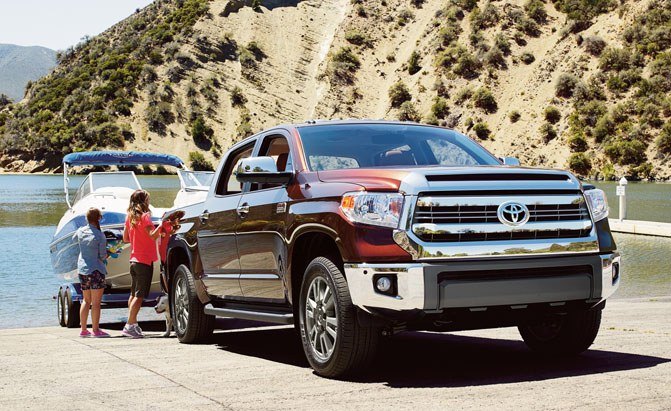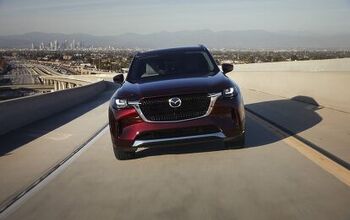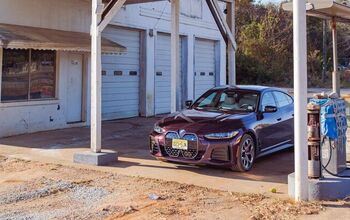Toyota Patents System to Unload Boats Easier
Toyota has filed a new patent for an automated system to unload boats and other watercraft easier. The automaker received the patent on November 8 after it filed the patent this past May.
The system imagined would help a single individual unload a boat into the water more easily. Those who own boats know it typically takes at least two people to ensure a boat or other vehicles make it into the water unscathed. The patent describes an autonomous system that would do most of the hard work.
The system would remember a particular launch ramp and drive the vehicle (a pickup truck is pictured) to the location before it lowers the trailer into the water via the launch ramp. Similarly, a system could also work to load the boat back onto the trailer. The driver would input certain controls while the truck or other vehicle maneuvers its way into the proper position.
ALSO SEE: Toyota Patents a Helicopter Car With Wheels That Double as Rotors
All of the hard work could be accomplished with an array of sensors and lidar to help the truck’s system see the world and precisely reach a launch site.
Toyota’s patent says many types of trailers would work with the automated system including a float-on trailer and roller trailer. It even speaks of integrating a trailer-hitch ball, which the system may also recognize and lock with a receiver.
Additionally, the patent says such a system could warn a driver of the trailer’s status before it jackknifes or other mishaps, such as backing too far into the water.
Best of all, the system’s processor could remember launch sites and ensure a relatively stress-free load and unload every time. The language is a little fuzzy, but it appears Toyota foresees the system as self-driving of sorts, too, in which the computer would handle most of the maneuvers as it heads to the stored launch site.
Discuss this article on our Toyota Tundra Forum
More by Sean Szymkowski

































Comments
Join the conversation